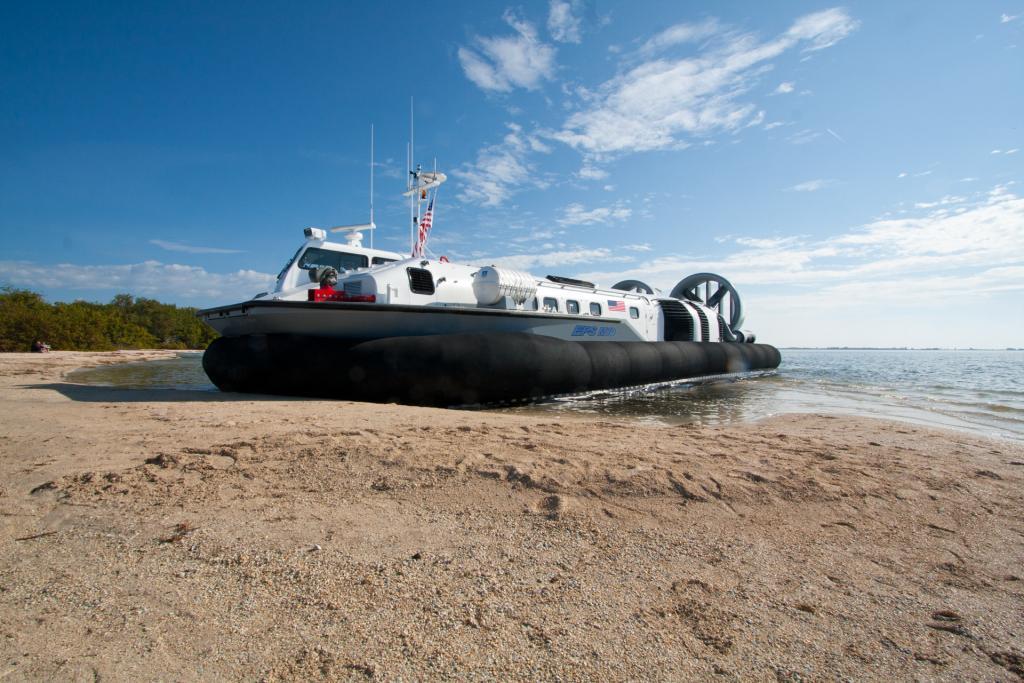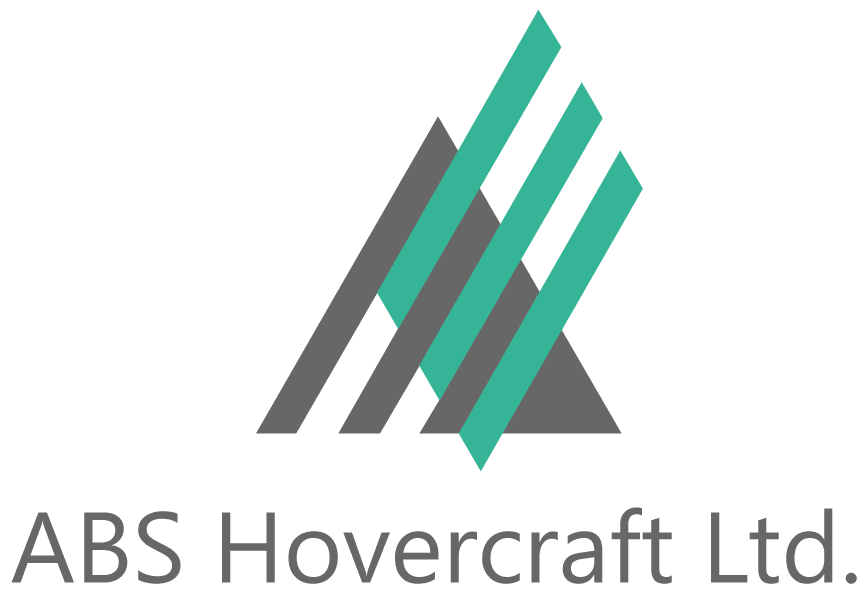
What are Hovercrafts good at?
Conventional ships can only access 5% of the earth’s coastline of 743.000 km making harbours the focal point in marine infrastructure.
Hovercraft can operate over land, shallow water, reefs, ice and mudflats, beaches, river-deltas and dry riverbeds. Hovercraft cover territory previously designated unreachable. Modern Hovercraft like the ABS M10 are fast, efficient and friendly to the environment.
These are only some reasons why security and law enforcement agencies, Coast Guards and Navies, commercial and private operators re-discover the benefits of amphibious operations and are now considering the deployment of New Generation Hovercraft.
amphibious capability
Their amphibious capabilities give Hovercraft significant advantages over any other conventional displacement vessel such as:
- travel over any surface
- shortcutting routes
- travel rivers up as fast as down, irrespective of the current
- travel in dry water-beds
- access to terrain, designated unreachable before
- no collision with debris, logs etc.
- access to 75% of litoral instead of only 5% with conventional vessels
- independent from harbours, piers and jetties


environmentally friendly
New generation Hovercraft have considerable advantages over conventional displacement vessels when it comes to environmental aspects:
- Hovercraft do not generate wakes even at 50+ knots so no erosion of river banks and beaches
- landings on solid ground avoids anchoring so corals remain untouched in tropics
- no turbulence or impact in water as no propeller churns up the water so sealife remains untouched
- no exhaust gases in water
- no discharge of oil or gasoline into the water
- no noise transferrance of propellers into the water
operational aspects
Due to their characteristics, Hovercraft offer operational advantages unknown to conventional displacement vessels:
- shortcutting of routes
- quick landing on solid soil; no time-consuming mooring
- easy and quick embarkation on steady vessel
- no sea-sickness of passengers (sea-sickness only occurs below the frequency of movement of approx. 1Hz.)
- hull is above the water and so stays clear of all marine life
- easy maintenance on land, no dry docks necessary
- turning within its own length with ease
- no harbours required



Hump-barrier
Hovercraft either do, or do not work at all due to the “hump”-phenomenon.
Hump-speed is the speed at which a Hovercraft overtakes its own cushion pressure depression in the water immediately below the Hovercraft. Hump-speed has its analogy in the speed at which sailing yachts begin to plane. At this speed drag reaches its peak which the Hovercraft needs to overcome to reach its maximum speed.
Hump-speed occurs at low-speed of around 8-12 knots, depending on the weather and wave conditions. Numerous Hovercraft designs fail to overcome hump-speed even under moderate weather conditions despite engines running at full power.
Only Hovercraft with a high power-to-weight ratio offer sufficient performance to easily overcome the hump barrier. Hovercraft fully manufactured from Advanced Composites like the ABS M10 offer the highest power-to-weight ratio offering an extra margin of performance.
